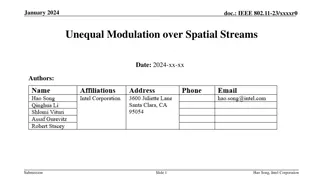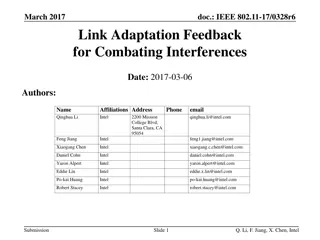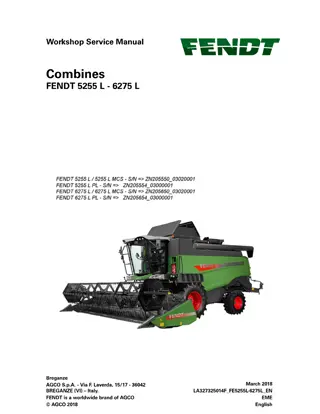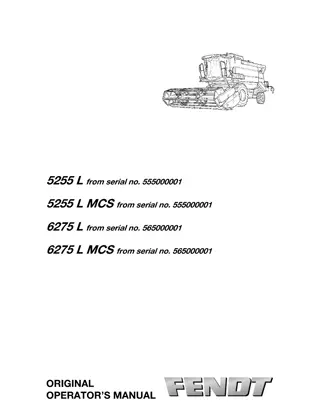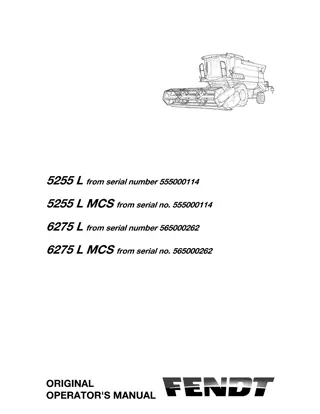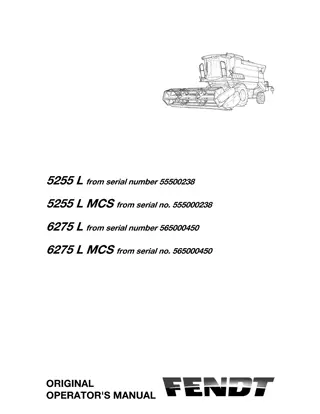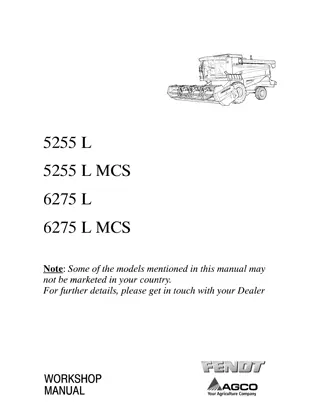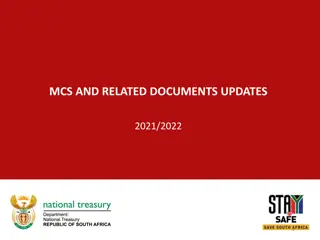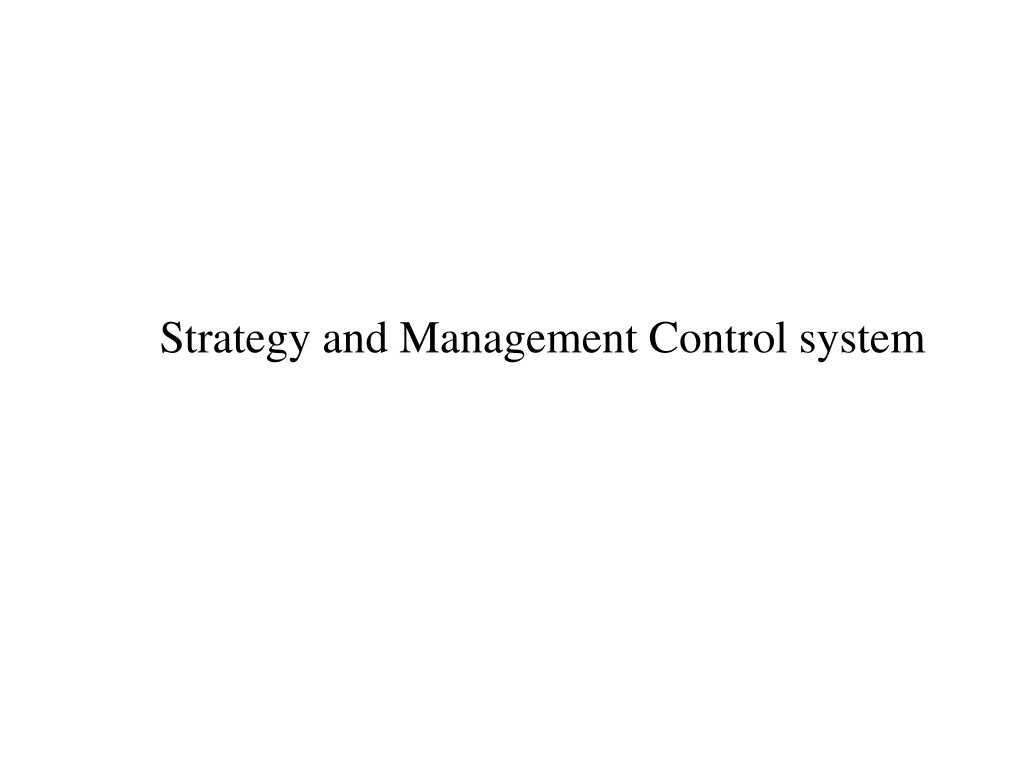
Essence of Strategic Management: Major Decisions & Perspectives
Explore strategy and management control systems, tasks in strategic management, developing mission and objectives, essence of organizational strategy, and the link between management accounting and strategy to gain insights into major decisions in strategic management.
Download Presentation

Please find below an Image/Link to download the presentation.
The content on the website is provided AS IS for your information and personal use only. It may not be sold, licensed, or shared on other websites without obtaining consent from the author. Download presentation by click this link. If you encounter any issues during the download, it is possible that the publisher has removed the file from their server.
E N D
Presentation Transcript
Tasks Involved in Strategic Management & MCS Defining business and stating a mission Setting measurable objectives Crafting a strategy to achieve objectives Implementing a strategy Evaluating performance of the strategy, reviewing new developments and taking corrective action
The essence of strategy of the organization Perspective strategy or rational view An emergent view
Developing a Mission & Objectives An organization s Mission Reflects management s purpose of operating the business Provides a clear view of what the organization is trying to accomplish for its customers Indicates intent to take a business position An organization s Objectives Convert the mission into performance targets Track performance over time Must be achievable Two types Financial outcomes that relate to improving financial performance Strategic outcomes that will result in greater competitiveness & stronger long-term market position
BBCs purpose statement To educate, inform and entertain To educate, inform and entertain Walt Disney s Purpose Statement To make people happy
Management accounting and strategy Objectives - Specific statement of what the organisation aims to achieve, often quantified and relating to a specific period of time (SMART) Strategies - Strategy is the direction and scope of an organisation over the long term which achieves advantage for the organisation through its configuration of resources within a changing environment to fulfil stakeholder expectations. G. Johnson and K. Scholes Exploring Corporate Strategy 6th edition
The essence of strategic management-a perspective view Major decisions - What business will we operate in? - What are our basic directions for the future - What systems and structures should we have in place to support our strategies? Corporate strategy - Decisions about the types of businesses to operate in, which businesses to acquire and divest, and how best to structure and finance the organisation
If DSI confines itself footwear business, can they offer tyres , tubes, schoolbags?
What business are you in? If you want to travel from London to Manchester, you can choose from the train, coach, car or aeroplane, so what business should Ryanair be in?
Levels of Strategy Corporate strategy Business strategy Functional strategy
Corporate Level Strategy What businesses are we in? What businesses should we be in? Four areas of focus Diversification management (acquisitions and divestitures) Synergy between units Investment priorities Business level strategy approval (but not crafting)
Corporate-Level Strategies Valuable strengths Concentric/Related Diversification (Economies of Scope) Corporate growth strategies Conglomerate/Unrelated Diversification (Risk Mgt.) Corporate stability strategies Firm Status Corporate retrenchment strategies Turn around/Divestment/Liquidation Critical weaknesses environmental opportunities Critical Environmental Status environmental threats
The BCG Portfolio Matrix Market Share High Low Stars Question Marks ???? High Anticipated Growth Rate Cash Cows Dogs Low
Portfolio decision A B C Total Revenue 1 m 2m 3m 6.00 -Variable cost 0.2 0.5 1.5m (2.20) Contribution 0.8 1.5m 1.5m 3.80m -Fixed cost 0.9 0.9 0.9 2.7m Profit (0.1) 0.6 0.6 1.1m Product A in the portfolio has been making continues losses during last few financial years of the company. Advice whether the product A should be discontinued or not.
Business Level Strategy How do we support the corporate strategy? How do we compete in a specific business arena? Three types of business level strategies: Low cost producer Differentiator Focus Four areas of focus Generate sustainable competitive advantages Develop and nurture (potentially) valuable capabilities Respond to environmental changes Approval of functional level strategies
Functional / Operational Level Strategy An example. Business L.S.: Become the low cost producer of widgets Functional L.S. (Mfg.): Reduce manufacturing costs by 10% Operational (Plant #1): Increase worker productivity by 15% Functional: How do we support the business level strategy? Operational: How do we support the functional level strategy?
A Simple Organization Chart (Single Product Business) Business Level Strategy Business Research and DevelopmentManufacturing Human Resources Marketing Finance Functional Level Strategy
A Simple Organization Chart (Dominant or Related Product Business) Corporate Level Multi business Corporation Business Level Business 1 (Related) Business 2 (Related) Business 3 (Related) Functional Level Research and Development Human Resources Manufacturing Marketing Finance
An example of an Unrelated Product Business (Note: By itself, an SBU can be considered a related product business) SBU: a single business or collection of related businesses that is independent and formulates its own strategy A Ex.: G.E. (General Electric Corp.) (Multi-business) Corporation Strategic Business Unit 1 S.B.U. 2 Company 1 Co. 2 Co. 3 Division 1 Div. 2 Div. 3
An emergent view Emphasize the uncertainty of the future and suggest that setting out identify purpose and a single strategy and then develop a complete strategic plan may be fruitless task
What is emergent perspective to strategy A set of certain consistent actions that form an unintended pattern that was not initially anticipated or intended in the initial planning phase. For example, although unintended, adopting an emergent strategy might help a business adapt more flexibly to the practicalities of changing market conditions. Strategy Emerged outside the formal plan /Unintended pattern recognizing the changing conditions More planned approached/ Intended strategy
Strategic drift Strategic happens when organization strategy is no longer relevant to the external environment facing it Intended strategy through Deliberate planning process Environment forces ????? Strategic drift
What if you don t redefine your business purpose Strategic drift
How can companies survive a strategic drift 1. Organizational leadership and adaptable culture 2. Continues assessment of trends, emergence of direct and indirect competitors, technological changes and adjustment in to the current plan. https://www.youtube.com/watch?v=dqwAZKrc6vw
Financial Implication of strategic management decisions
Corporate Strategic Decision 1. Growth decision Source: Ansoff Matrix (Igo Ansoff)
Governance issue Vs Ownership Control
Financial Feasibility Evaluating the financial feasibility of such a decision will ensure that share holders money are invested in a profitable investment opportunity.
How to evaluate the corporate strategic decisions Discounted Cash Flow Methods Net Present Value (NPV) Internal Rate of Return (IRR) Non-Discounted Cash Flow Methods Payback Method Accounting Rate of Return
Projections This is the most crucial part of the long term investment decision evaluation. Accurately forecast the cost and the revenue for given period will have significant impact to the decision.
Assume that your company management is planning to put up a 200 rooms hotel in Trincomalee which will require initial capital outlay USD 500 million. Project the possible cash flows for next five years and what factors should be considered in the determination of the cash flows.
Discounted Cash Flow Methods NPV - the sum of discounted future cash flows less the initial cost IRR - the discount rate where NPV = 0
Net Present Value (NPV) NPV = + + C3 C2 (1 + r)2 C1 (1 + r)1 - C0 (1 + r)3 Initial Cost Discounted cash flows C1, C2, C3 = the project cash flows, r = discount rate (related to risk of the project) C0 = initial cost
Investment Decisions The board of directors of Magoo plc. is considering investing in a new machine that is expected to have a three year life and will cost 80,000. The machine is used to produce a good that is expected to have the following cash flows over the three years of the machine s life - Year 1 = 30,000; Year 2 = 50,000; Year 3 = 40,000. Cost of capital is 8% Should it purchase the machine?
Fundamental Rule of Finance/Financial Economics A capital investment decision is only worthwhile if it adds value. Thus, invest only in projects with a positive net present value
Student Activity You are the financial manager advising the board of Alpha plc. on potential investment projects and have the choice between two projects of the same risk classification whose cash flows are given below: Cash flow of Project X Cash flow of Project Y Given that the firm expects to obtain a 10% return on projects of this level of risk, provide a recommendation to the board on the viability of the two projects Year 0 -120,000 -80,000 1 20,000 40,000 2 60,000 40,000 3 100,000 30,000
INTERNAL RATE OF RETURN (IRR) Also based on Discounted Cash Flow, but calculates the discount rate that will give a Net Present Value of zero. This also represents the return that the project is giving on the original investment, expressed in DCF terms. The simplest way is to use trial and error - trying different rates until the correct rate is found. But this is laborious. There is a formula, using linear interpolation. Projects should be accepted if their IRR is greater than the cost of capital or hurdle rate.
IRR Interpolation method N ( ) = + L IRR L H L N N L H o Where: o o o L is the lowest discount rate H is the higher discount rate NL is the NPV of the lower rate NH is the NPV of the higher rate
NPV and IRR Gullane plc. are considering investing in a new machine that will cost 1 million. They estimate the machine will lead to an increase cash flow for the next three years of 500,000 in year 1, 600,000 in year 2, and 400,000 in year 3. Given that Gullane plc. determine that the risk-adjusted cost of capital is 10%, calculate the Net Present Value of the machine and recommend whether to ahead with the investment or not Calculate the Internal Rate of Return of the machine
Internal Rate of Return Decision Rules If k > r reject. If the opportunity cost of capital (k) is greater than the internal rate of return (r) on a project then the investor is better served by not going ahead with the project and using the money to the best alternative use If k < r accept. Here, the project under consideration produces the same or higher yield than investment elsewhere for a similar risk level
Payback Consider Cash flows and NOT Profits Evaluation based on period of recovery of the initial investment ie. Number of years it takes to cover the cost of investment Firms should look for early payback of capital invested Decision criteria Compare target payback with actual payback If actual payback period < target payback - Accept project If actual payback period > target payback - Reject project
Discount factor Cost of capital of firm Minimum rate of return, the firm must earn on its investments Hence also the Required rate of return Also considered as Opportunity cost The required rate of return must cover, the cost of all long term sources of funds Computed as the Weighted average cost of capital
Cost of capital (COC) Cost of capital is the company cost of long term source of finance which is generally used to capitalized the asset. There are tow major sources of long term funds. Equity and Debt capital
Cost of Equity The most commonly accepted method for calculating cost of equity comes from the Nobel Prize-winning capital asset pricing model (CAPM): The cost of equity is expressed formulaically below: Re = rf+ (rm rf) * Where: Re = the required rate of return on equity rf= the risk free rate rm rf= the market risk premium = beta coefficient = unsystematic risk
Cost of debt Cost of debt is the interest paid to lenders Debt is tax shield and should be adjusted to derive the cost of debt net of tax Kd= I (1-Tax rate)
Weighted Average Cost Of Capital (WACC Weighted average cost of capital (WACC) is a calculation of a firm's cost of capital in which each category of capital is proportionately weighted. All capital sources - common stock, preferred stock, bonds and any other long-term debt - are included in a WACC calculation. All else equal, the WACC of a firm increases as the beta and rate of return on equity increases, as an increase in WACC notes a decrease in valuation and a higher risk.


